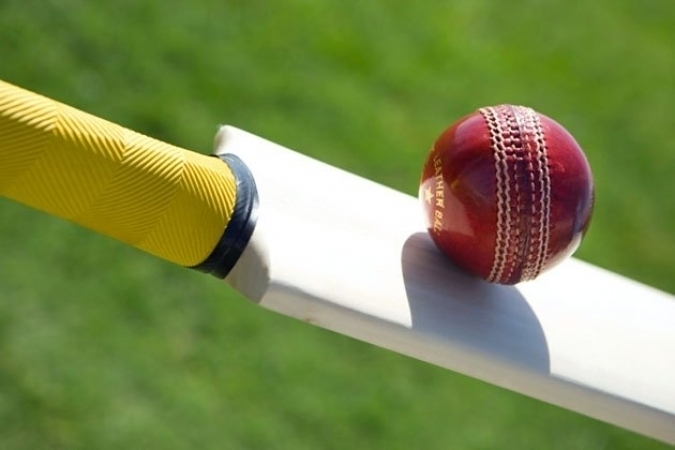The game of cricket can be a bit bewildering to newcomers making their first foray into it. After all, there is a whole vocabulary of phrases unique to the sport and a great deal of rules, each of which has its own complexities, nuances, and exceptions.
It’s important to remember that there are very few things you really need to know in order to enjoy a day at the cricket. The majority of them are related to how cricket scoring works. That’s what we’re going to explain right here.
How Cricket Is Scored in 4 Ways
Runs
Firstly, in answering the question ‘how does cricket scoring work’, it should be understood that scores are expressed in terms of a number of ‘runs’. It’s because the easiest way to Live score cricket is to hit the ball and run from one end to the other.
If a batsman does this and successfully reaches the other end of the pitch, he is awarded one run for his team. The batsmen can attempt more than one run per ball, but they must cover the entire pitch before the fielding side breaks the stumps with the ball or else they are ‘run out’. We’ll talk about exactly what that means when we discuss wickets below.
Wickets
when it comes to answering the question of ‘how is cricket scored,’ wickets are just as important as runs. the score of a team is always expressed in terms of how many runs they have scored ‘for’ the number of wickets they have lost. when a team scores 100 runs and loses three wickets, the score would be 100 for three, which would be written as 100 -3.
There are ten ways in which a fielding side can take a batsman’s wicket, and once a player loses his wicket, he must leave the field and be replaced by another member of his team. Each cricket team has eleven players, and there must always be two batsmen in the middle at any given time. Once a side has lost ten wickets, they are ‘all out’ and their turn batting – which is called an innings – is over.
One can divide the ten ways that wickets can be taken into two broad categories, with the first being quite commonplace in any game and the second being quite uncommon. The first set of dismissals includes bowled, caught, stumped, LBW, and run out. A second, rarer set of dismissals involves hitting the ball twice, handling the ball, obstructing the field, timed out, and hitting the wicket.
Extras
When it comes to the question of ‘how does cricket scoring work’, the above answers most of the basics. However, in addition to the runs that batsmen actually score, there are a few other ways a team can score runs. These methods of adding runs are often referred to as ‘extras’.
There are four main types of extras: ‘wides’, ‘no balls’, ‘byes’, and ‘leg byes’. The umpire awards one run for a wide, which is a delivery that passes too far from the batsman to be hit with a reasonable attempt. For the illegal delivery of a no ball, which is considered a no ball, one or two runs are awarded (depending on the competition). The delivery is usually deemed a no ball if the bowler bowls from the wrong place or if his fielders are placed illegally.

